The Ultimate Acid Reveal: A Fun Chemistry Power Ranking from Weak to Super Acids
Curious about which acid is the strongest? This article takes you on an entertaining journey through the acidity ranking of substances from uric acid, cola, and hydrochloric acid to fluoroantimonic acid, making chemistry class lively and engaging.
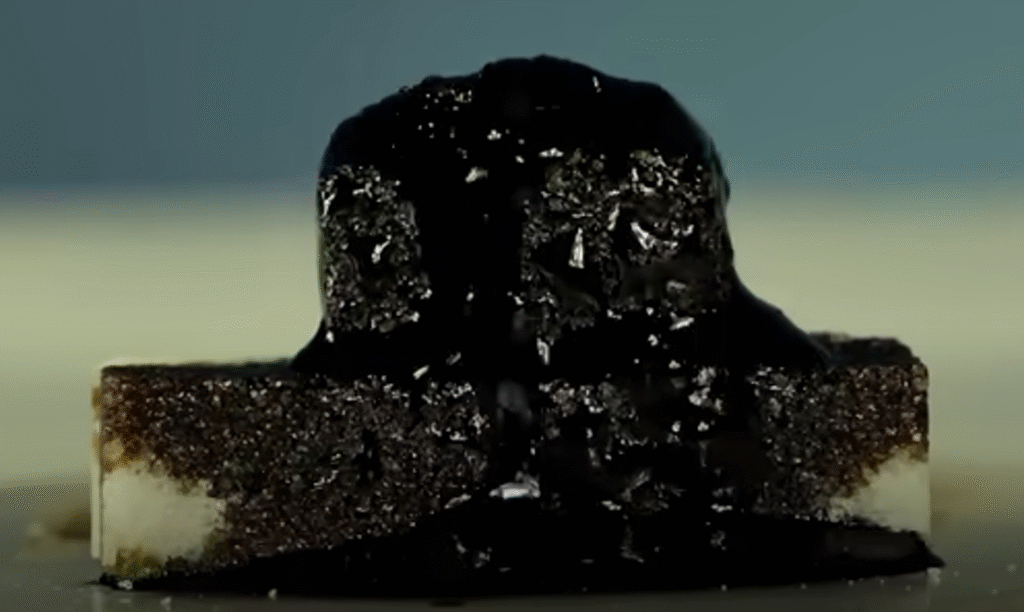
Weak Acids—Everyday Wisdom in Daily Life
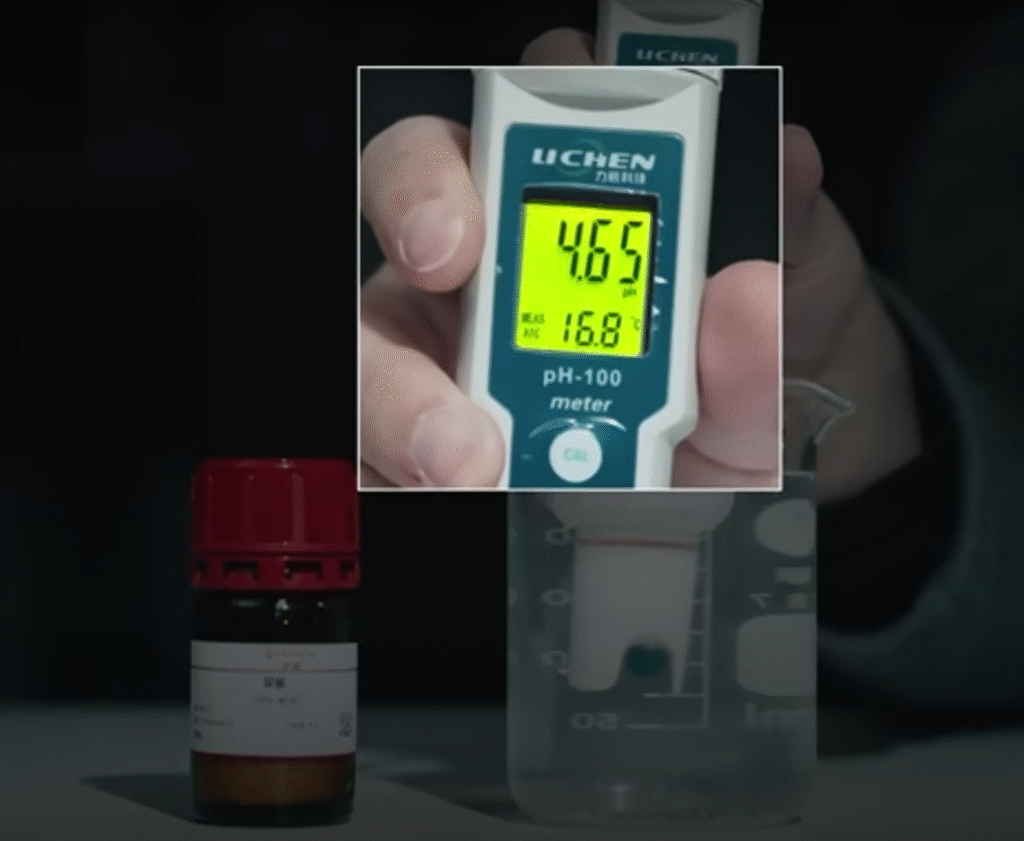

Think all acids are dangerous chemical monsters? In reality, most acids we encounter daily are quite mild. Take uric acid, for example. Holding 5 grams of pure uric acid in your hand is roughly equivalent to the amount your body excretes in 10 days. Measuring its pH gives about 4.6—indicating it’s a very weak acid; otherwise, you would feel pain every time you go to the bathroom. Haha!
Cola is another interesting case. Many people assume drinking cola is just a sweet treat, but its pH is only around 2. That’s because cola contains phosphoric acid, which has three hydrogen ions, making it quite “acidic.” Pouring milk into cola may initially seem calm, but soon a dramatic reaction occurs—this is a chemical reaction between phosphoric acid and milk proteins. Despite appearances, phosphoric acid is still a weak acid; a 1 molar solution has a pH around 1.1.
These everyday acid experiments are not only fun but also help us understand basic concepts: acids partially dissociate in water, and the fewer hydrogen ions they release, the weaker their acidity.
The World of Strong Acids—The Top Tier
If weak acids are “cute kittens,” strong acids are the “bosses of the chemical world.” The three most famous strong acids—hydrochloric acid, nitric acid, and sulfuric acid—are classics in middle school chemistry. Their acidity is extremely high, but due to the “leveling effect” in water, 1 molar hydrochloric acid and nitric acid both have a pH of 0, making simple pH comparison insufficient to determine which is stronger.
Chemists use the concept of pKa to measure an acid’s ability to release hydrogen ions in water. The smaller the pKa, the stronger the acid. According to pKa values, the ranking among these three strong acids is surprising: hydrochloric acid is the strongest (pKa ~ -7), sulfuric acid follows (pKa ~ -3), and nitric acid is the weakest (pKa ~ -1.3).
Teachers often use vivid analogies in class: for example, in Breaking Bad, Heisenberg dissolves metals with acid, or in Batman stories, the Joker is disfigured by acid. These scenes help illustrate the corrosive and dangerous nature of strong acids. Even aqua regia—a mixture of concentrated hydrochloric and nitric acid—must be freshly prepared for use. Its acidity is formidable, but its stability is limited, leaving a deep impression on students.
Super Acids—Chemists’ Ultimate Challenge
If you think the three strong acids are already impressive, wait until you meet super acids. Super acids are stronger than 100% sulfuric acid, with hydrogen ion releasing capabilities beyond imagination. To compare their strength, chemists use the Hammett acidity function (H₀). The smaller the H₀, the stronger the acid; each decrease by one unit corresponds to roughly a tenfold increase in acidity.
For example, pure sulfuric acid has H₀ ≈ -11.9, but there are at least 11 higher-order super acids, such as perchloric acid, fuming sulfuric acid, and trifluoromethanesulfonic acid, whose acidity can be several times to tens of times stronger than pure sulfuric acid. In 2004, scientists synthesized carborane acid, which is about a million times stronger than pure sulfuric acid. Magic acid, a mixture of fluorosulfonic acid and antimony pentafluoride, has H₀ ≈ -23, roughly ten billion times stronger than pure sulfuric acid.
The most astonishing is fluoroantimonic acid, with H₀ reaching -28, about 100 million times stronger than sulfuric acid. Demonstrating drops on a chicken drumstick in class allows students to visually grasp the power of super acids. Although these experiments are extremely dangerous, they make chemistry tangible and visually striking, greatly stimulating student interest.
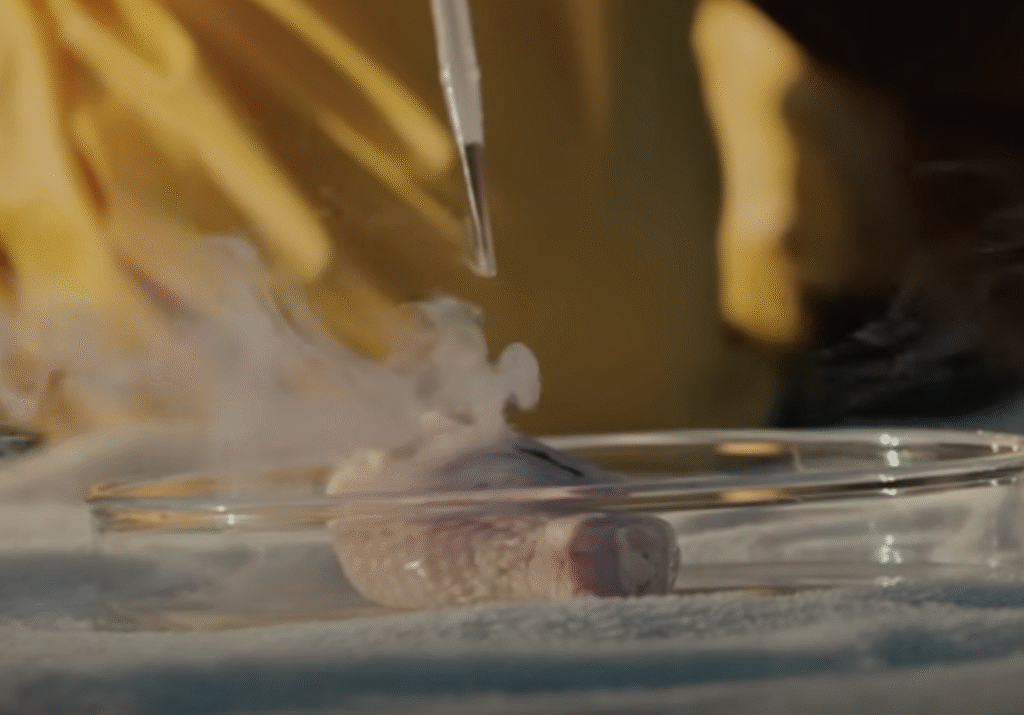


Acid Power Ranking Summary
Based on pH, pKa, and H₀, the acidity power ranking is summarized as follows:
| Rank | Name | Formula | Acidity (pH / pKa / H₀) | Notes |
|---|---|---|---|---|
| 1 | Fluoroantimonic Acid | HSbF₆ | H₀ ~ -28 / pH ~ -28 | Strongest acid in the world, extremely dangerous |
| 2 | Magic Acid | FSO₃H + SbF₅ | H₀ ~ -23 / pH ~ -23 | Super acid, highly corrosive |
| 3 | Carborane Acid | H(CB₁₁H₁₁) | — | Ultra-strong acid, lab-synthesized |
| 4 | Trifluoroacetyl Methane | CF₃C(O)NHC(O)CF₃ | H₀ -18.6 | Advanced super acid |
| 5 | Fluoboric Acid | HBF₄ | H₀ -16.6 | Super acid, strong fluorine effect |
| 6 | Bis(trifluoromethanesulfonyl)imide | (CF₃)₂NCOH | H₀ -15.8 | Advanced super acid |
| 7 | Fluorosulfonic Acid | FSO₃H | H₀ -15.1 | Can be prepared from HF and SO₃ |
| 8 | Anhydrous Hydrogen Fluoride | HF (anhydrous) | H₀ -15.1 | Super acid, ~1000× stronger than sulfuric acid |
| 9 | Trifluoromethanesulfonic Acid | CF₃SO₃H | H₀ -14.9 | Super acid, strong electron-withdrawing effect |
| 10 | Fuming Sulfuric Acid | SO₃/H₂SO₄ | H₀ -14.5 | Super acid, highly corrosive |
| 11 | Perchloric Acid | HClO₄ | H₀ -13 | Super acid, strong oxidizer |
| 12 | Hydrochloric Acid | HCl | pKa -7 | Strong acid, highly volatile |
| 13 | Sulfuric Acid | H₂SO₄ | pKa -3 | Strong acid, dehydrating agent |
| 14 | Nitric Acid | HNO₃ | pKa -1.3 | Strong acid, oxidizing |
| 15 | Aqua Regia | HCl + HNO₃ (3:1) | — | Strong acid mixture, dissolves gold |
| 16 | Hydrofluoric Acid | HF | pH ~1.6 / pKa 3.17 | Dangerous weak acid, can dissolve glass |
| 17 | Phosphoric Acid | H₃PO₄ | pH ~2 / pKa₁ 2.1 | Weak acid with three hydrogen atoms |
| 18 | Carbonic Acid (in cola) | H₂CO₃ | pH ~3.7 | Weak acid, found in carbonated drinks |
| 19 | Uric Acid | C₅H₄N₄O₃ | pH ~4.6 | Weak acid, common in daily life |
This ranking not only illustrates acid strength but also helps students understand underlying chemical principles: stronger hydrogen ion donors correspond to stronger acids; halogen atoms with larger radii in a molecule enhance acidity; and the leveling effect in water prevents simple pH comparisons among strong acids.
Fun Chemistry Takeaways
Through this lesson, we’ve explored the classification and properties of weak acids, strong acids, and super acids, while using real-life examples and experiments to experience chemistry’s fun and visual impact. By linking vivid stories and demonstrations, teachers transform otherwise dry acidity theory into tangible concepts.
Acidity is not just cold, abstract numbers in a lab—it exists everywhere in daily life and can spark curiosity and exploration. Understanding the strength and characteristics of acids allows us to better appreciate the wonders of chemistry and inspires us to explore the frontiers of science.
If you want to explore more fun chemistry experiments, find detailed guides, or access high-quality lab equipment, visit our website EquilRxnLab to get started on your chemical adventure!
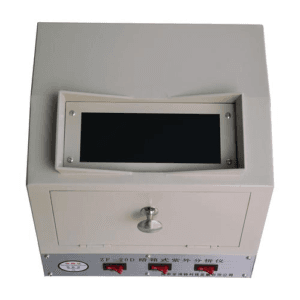
Enhancing Laboratory Precision with the UV Light Analyzer for Laboratory Use
The UV Light Analyzer for Laboratory Use by EquilRxnLab is essential for accurate UV analysis in laboratory environments. It offers dual wavelength capabilities, a long lamp life, and a compact design for precise measurements. Ideal for various applications, including research and material testing. Learn more now.
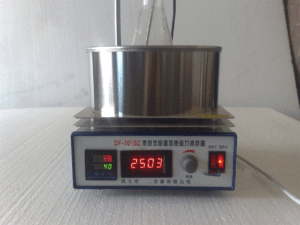
Achieve Efficient and Homogeneous Mixing with the Magnetic Stirrer for Oil Baths
The Magnetic Stirrer for Homogeneous Mixing in Oil Bath from EquilRxnLab is designed for efficient, high-speed stirring and precise temperature control. With a stirring capacity of up to 1 liter and heating temperatures up to 400°C, it’s the perfect tool for laboratory applications. Learn more about its features and benefits.

